“Ragdoll cats are the ultimate feline companions, known for their affectionate nature, striking blue eyes, and luxuriously soft coats. Often called ‘puppy cats’ due to their dog-like loyalty, these gentle giants love human companionship and will happily follow their owners around. With their calm demeanor and endearing personality, Ragdolls make the perfect lap cats, bringing warmth and charm to any home.”
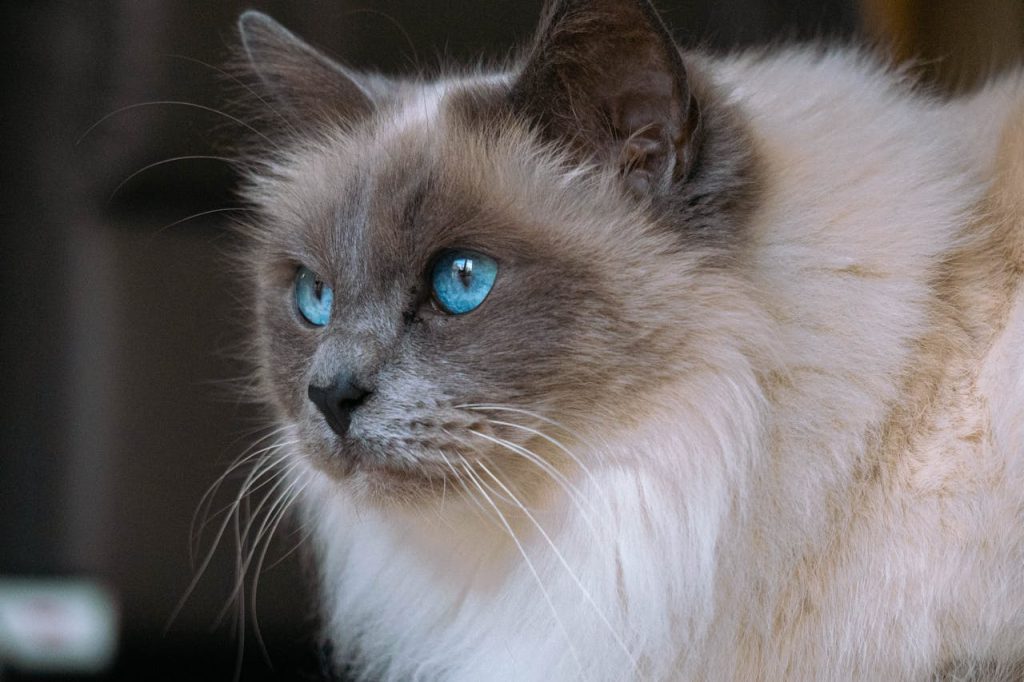
Table of Contents
Introduction
Ragdoll cats are among the most affectionate and docile feline breeds, earning them the nickname “puppy cats” for their dog-like devotion to their owners. With their striking blue eyes, silky fur, and relaxed demeanor, Ragdolls are a favorite among cat lovers seeking a gentle and affectionate companion. Whether lounging in your lap or following you from room to room, these cats thrive on human interaction and bring warmth and charm to any home.
Looking for more reasons to love cats? Read our article, Why Cats Are the Best Pets?
History and Origin
The Ragdoll breed originated in the 1960s in Riverside, California, when a breeder named Ann Baker selectively bred a domestic long-haired white cat named Josephine with other cats of unknown lineage. The kittens displayed unusually gentle and relaxed temperaments, prompting Baker to develop the breed further. Over time, Ragdolls gained recognition for their striking appearance and affectionate nature, eventually becoming one of the most popular purebred cats in the world.
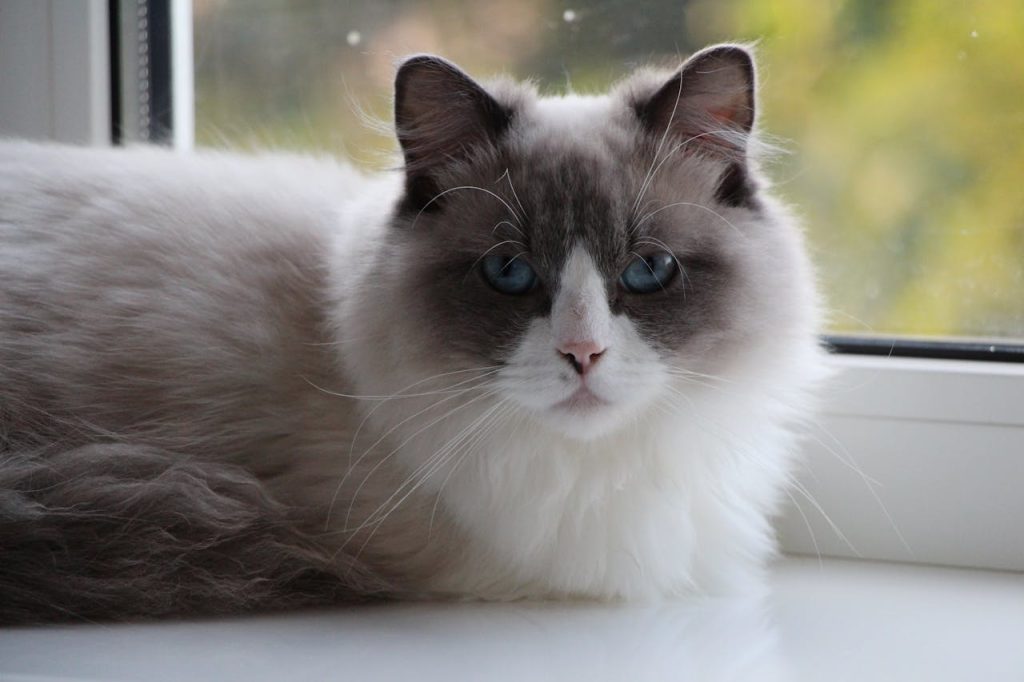
Why Were Ragdolls Created?
Ragdolls were specifically bred for their calm, affectionate, and people-oriented personalities. Unlike many cat breeds that retain an independent streak, Ragdolls are known for their desire for human companionship. They were developed to be the ultimate lap cats—gentle, sociable, and easygoing. Their characteristic tendency to go limp when picked up, hence the name “Ragdoll,” makes them particularly endearing to their owners.
Physical Characteristics
Ragdolls are large, muscular cats with semi-long fur that feels soft and silky to the touch. Their most distinctive features include:
- Striking blue eyes that captivate anyone who looks into them.
- Colorpoint coats, similar to Siamese cats, include seal, blue, chocolate, lilac, red, and cream shades.
- Fluffy, plumed tails and a broad chest give them an elegant appearance.
- A weight range of 10 to 20 pounds, making them one of the largest domestic cat breeds.
Temperament and Personality
Ragdolls are incredibly affectionate and thrive on human interaction. They are known for their tendency to greet their owners at the door, follow them around the house, and snuggle on laps. Their gentle nature makes them excellent companions for families, singles, and seniors.
For instance, many Ragdoll owners report that their cats enjoy being cradled like a baby, a trait not commonly found in other cat breeds. Unlike some independent felines, Ragdolls prefer to be around their humans at all times, making them an ideal pet for those seeking constant companionship.
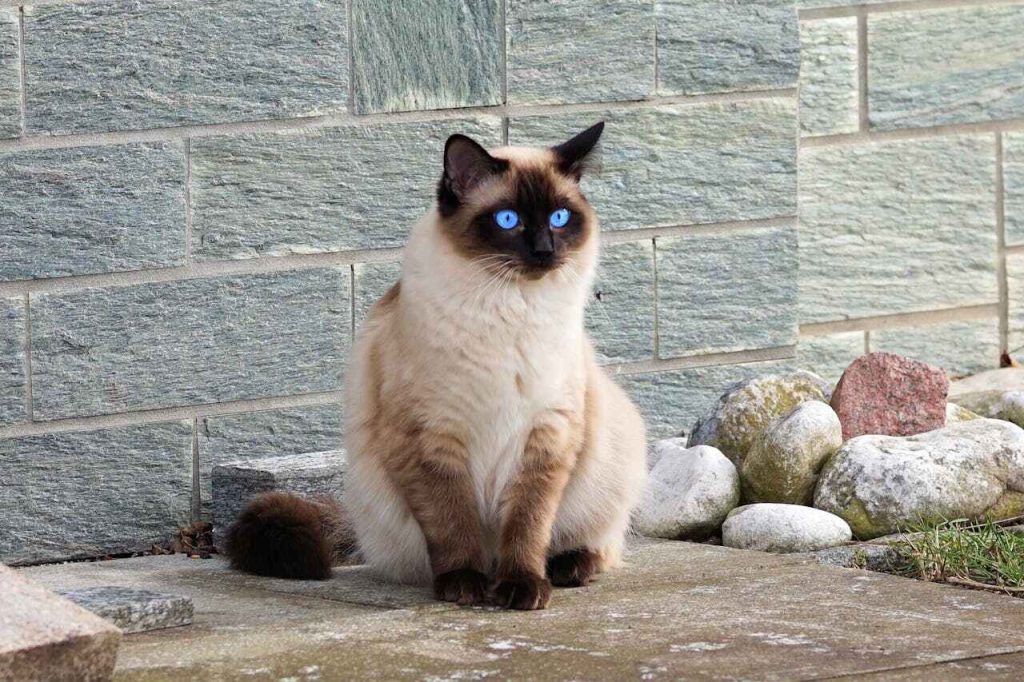
Choosing the Right Ragdoll Kitten
When selecting a Ragdoll kitten, consider factors such as temperament, health, and breeder reputation. A responsible breeder will provide health guarantees, and vaccination records, and allow you to interact with the kitten before adoption. Look for a kitten that is friendly, curious, and comfortable with being handled.
For more tips, check out our guide on Choosing the Perfect Kitten.
Intelligence and Training
Ragdolls are highly intelligent cats that can learn tricks, respond to their names, and even play fetch. Positive reinforcement techniques, such as treats and praise, work well when training a Ragdoll. They can also be trained to walk on a leash, making outdoor adventures safe and enjoyable.
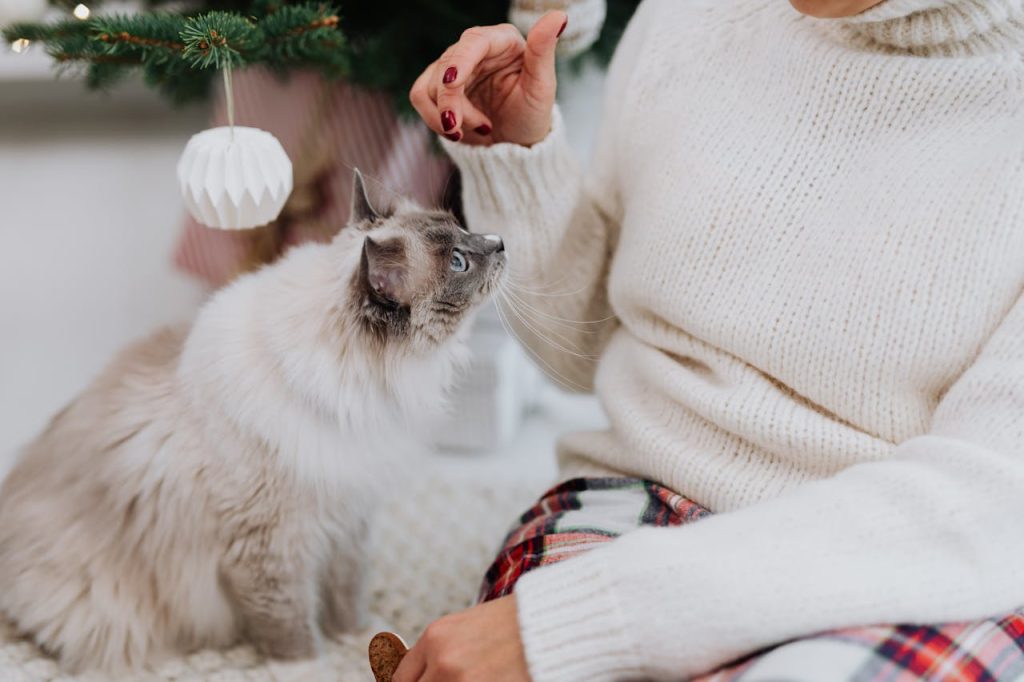
Exercise and Energy Levels
While not as hyperactive as some breeds, Ragdolls still need regular playtime to stay healthy. Interactive toys, feather wands, and puzzle feeders help keep them engaged. They enjoy gentle games and may even initiate play sessions with their owners.
Diet and Nutrition
A balanced diet is essential for maintaining Ragdoll’s health. High-quality commercial cat food, rich in protein and essential nutrients, supports their muscle mass and a luxurious coat. Since Ragdolls are prone to obesity, portion control is key. Wet food can help with hydration, and fresh water should always be available.
Health and Lifespan
Ragdolls are generally healthy but can be prone to certain genetic conditions, including hypertrophic cardiomyopathy (HCM) and urinary tract issues. Regular veterinary check-ups and a well-balanced diet contribute to a lifespan of 12-17 years.
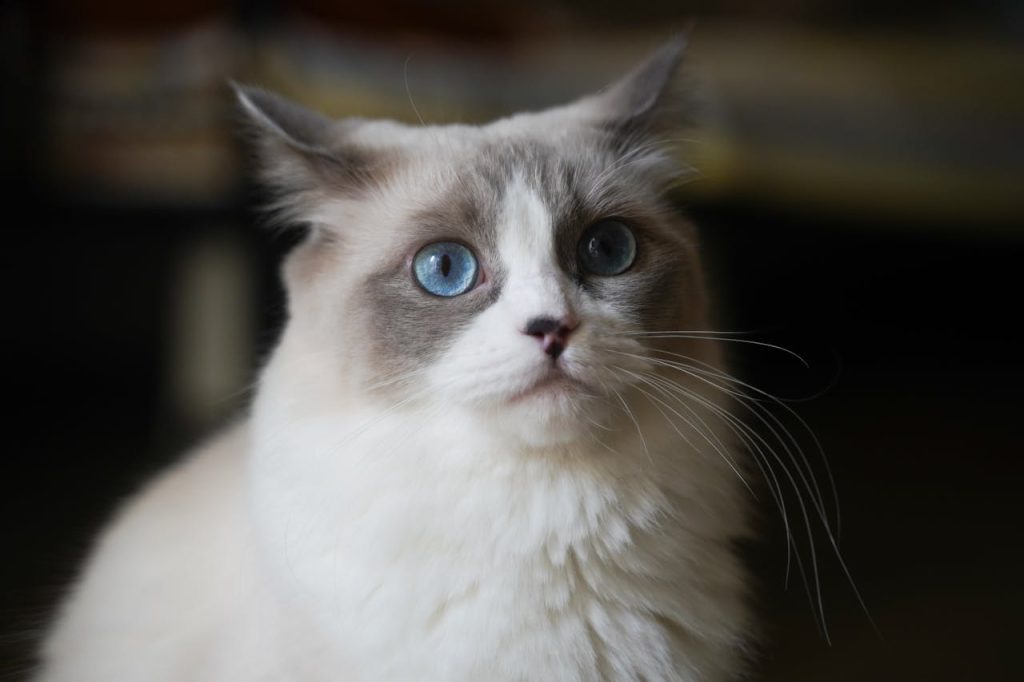
Grooming and Coat Care
Despite their long, silky fur, Ragdolls have coats that are relatively low-maintenance due to their lack of an undercoat, which reduces matting. Weekly brushing helps remove loose fur and keeps their coat looking pristine. Additionally, regular nail trimming, ear cleaning, and dental care contribute to their overall well-being.
Working Roles and Versatility
Unlike some working cat breeds that excel in hunting or guarding, Ragdolls are best known for their role as devoted companions. Their calm demeanor makes them excellent therapy cats, providing comfort and emotional support to their owners.
Fun Facts About Ragdolls
- Ragdolls don’t reach full maturity until around 3-4 years old, making them slow-developing compared to other breeds.
- Their docile nature means they are usually non-aggressive and get along well with children and other pets.
- Unlike most cats, Ragdolls often enjoy belly rubs and will lie on their backs to invite affection.
- The breed’s characteristic limpness when picked up is unique among felines.
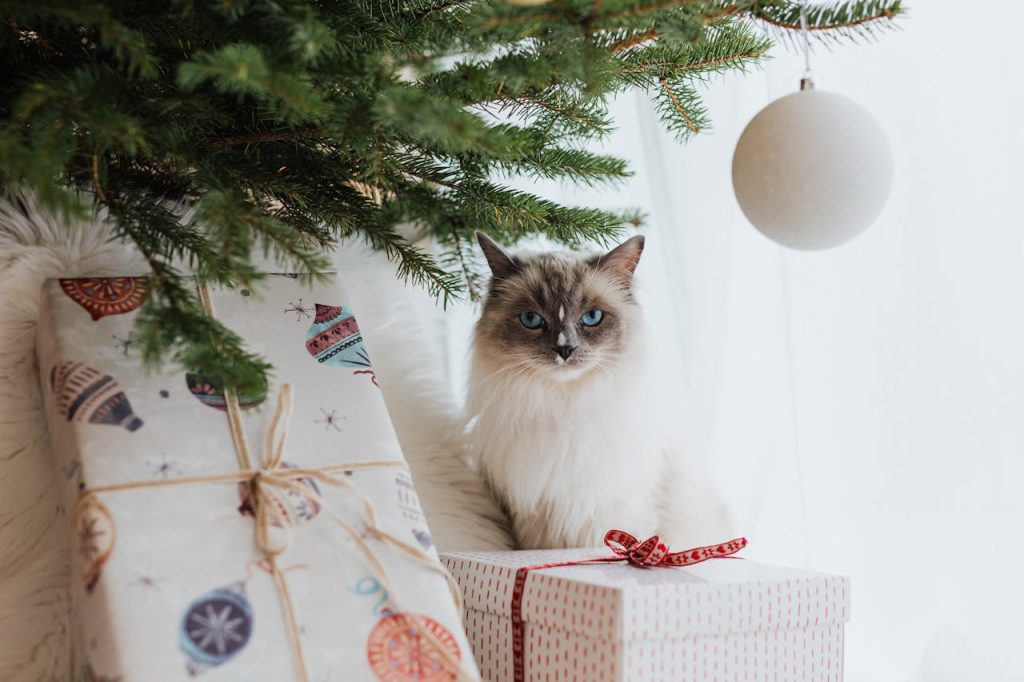
Challenges of Owning a Ragdoll
While Ragdolls are affectionate and easygoing, they do require attention and companionship. They don’t do well when left alone for long periods and may develop separation anxiety. Additionally, their size means they need a well-balanced diet to prevent obesity.
Tips for Ragdoll Owners
- Spend quality time with your Ragdoll daily—they crave human interaction.
- Provide scratching posts and cat trees to keep them entertained.
- Ensure they receive regular veterinary care to monitor their health.
- Keep them indoors or in a secure outdoor enclosure to protect them from dangers.
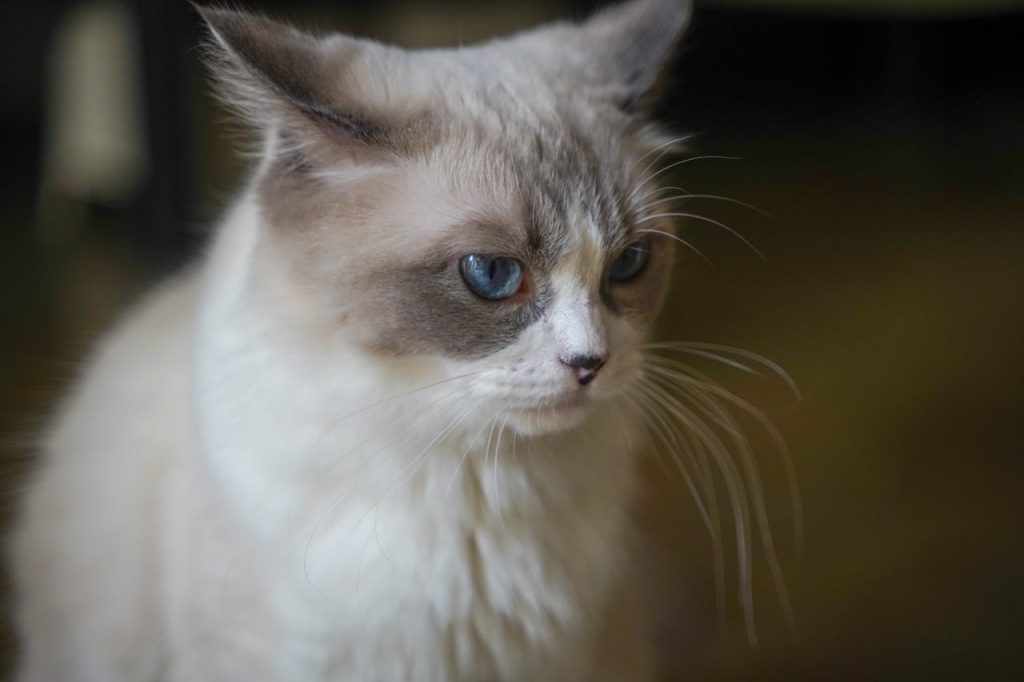
Ragdoll Kittens
Ragdoll kittens are playful, affectionate, and quick to form bonds with their new families. Early socialization and gentle handling help them grow into well-adjusted adult cats. Providing a variety of toys and interactive activities supports their mental and physical development.
Breeding and Reproduction
Ragdolls should only be bred responsibly to maintain their health and gentle temperament. Ethical breeders prioritize genetic testing to reduce the risk of hereditary conditions like HCM. Spaying and neutering are recommended for pet Ragdolls to prevent unwanted litters and health issues.
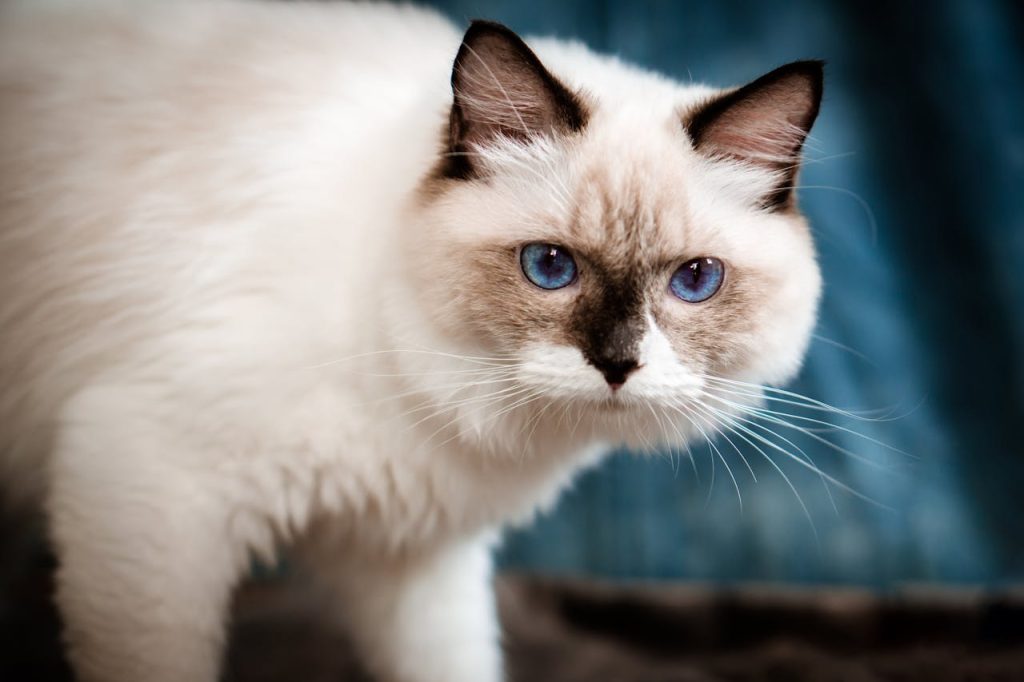
Final Thoughts on Ragdolls
Ragdolls are the epitome of a loving and devoted feline companion. Their gentle nature, stunning appearance, and unwavering affection make them an excellent choice for families, singles, and seniors. If you’re looking for a cat that will shower you with love and follow you everywhere, the Ragdoll is the perfect breed for you.
For more information on cat breeds, check out our articles on Domestic Shorthair, Persian Cats, and Maine Coon
FAQs
Why is a Ragdoll so expensive?
Ragdolls are expensive due to their purebred status, unique temperament, and high breeding costs.
What country are Ragdolls from?
Ragdolls originated in the United States in the 1960s.
Is a Ragdoll a lazy cat?
Yes, they are generally relaxed and enjoy lounging, but they still need playtime.
What is a Ragdoll person?
A “Ragdoll person” refers to someone who loves or owns Ragdoll cats.


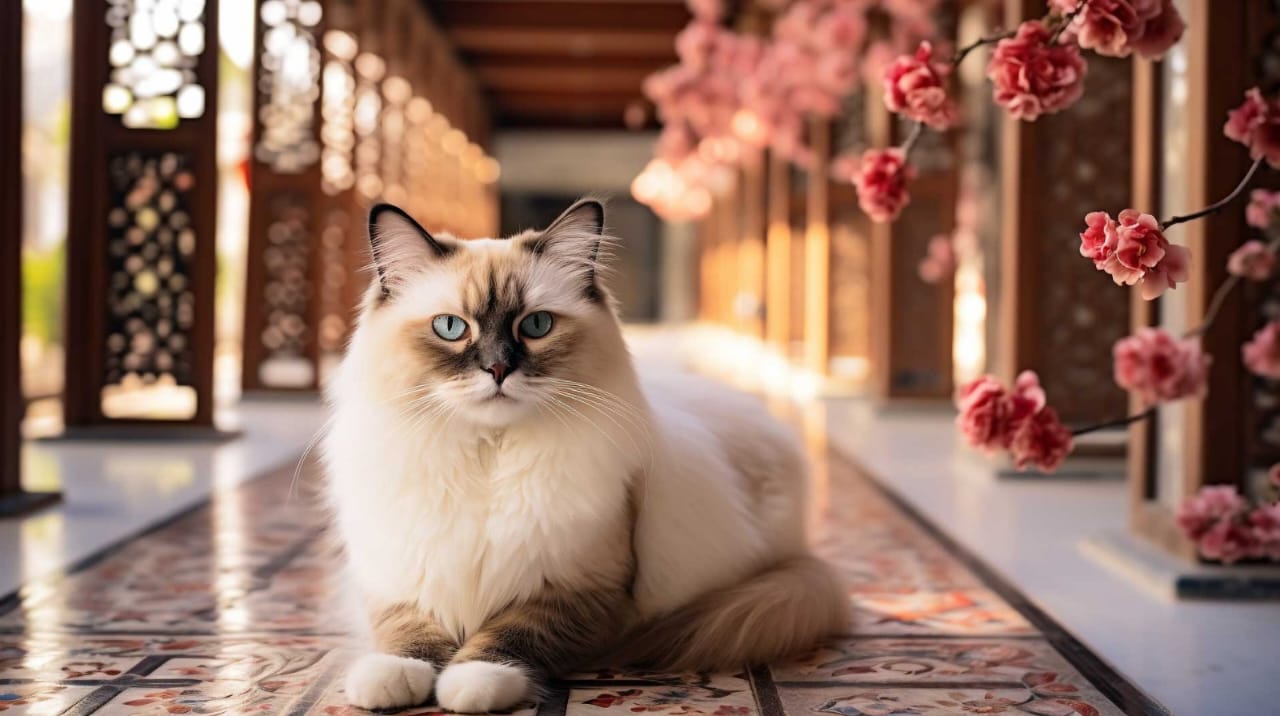
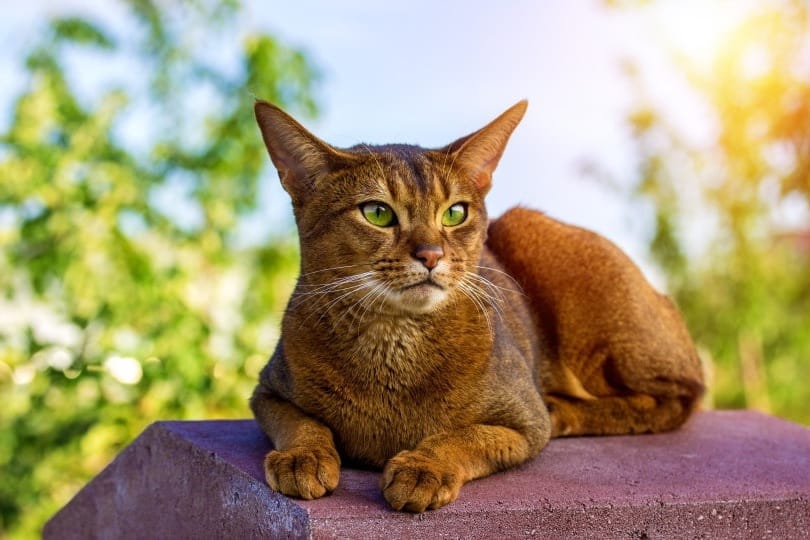
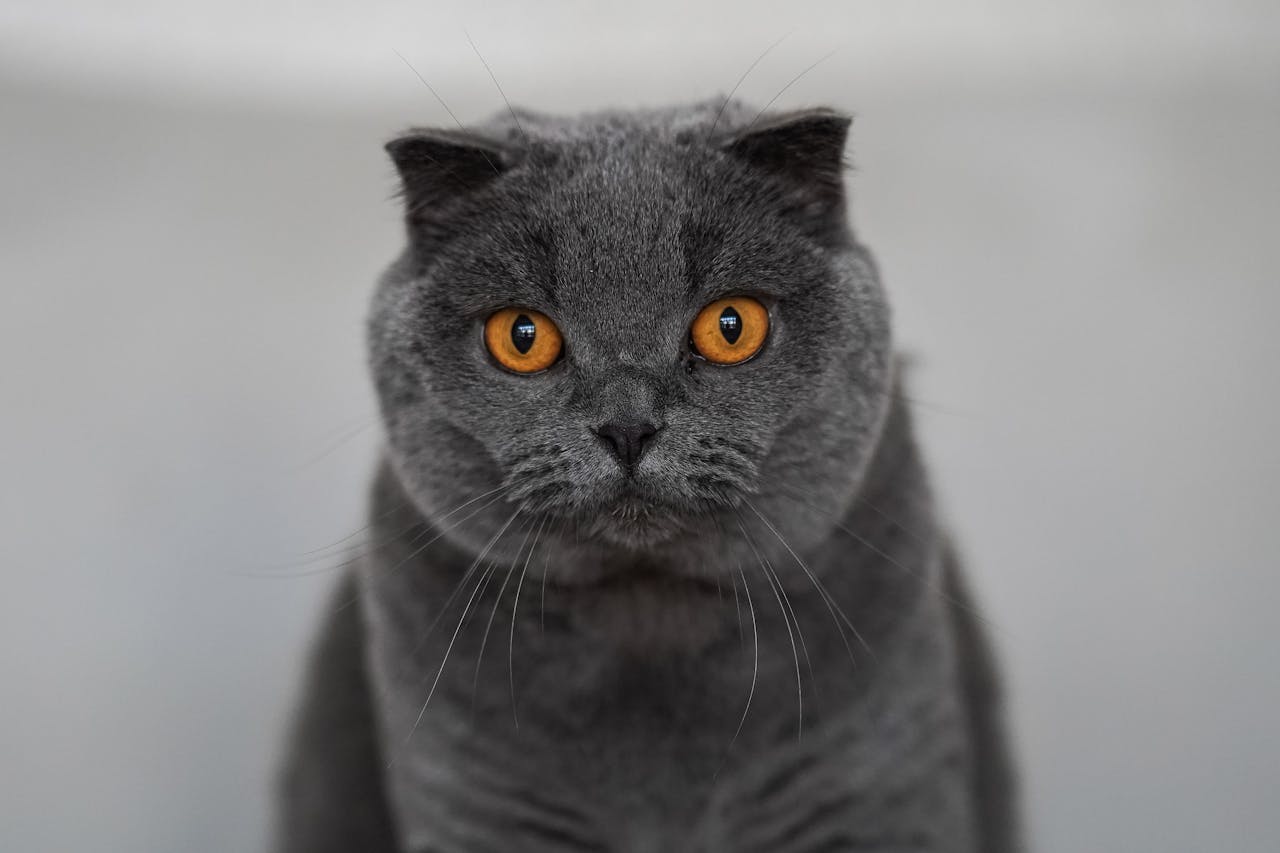
1 Comment
Pingback: Bengal Cats as Pets: Are They Right for You? - Pet Bonded